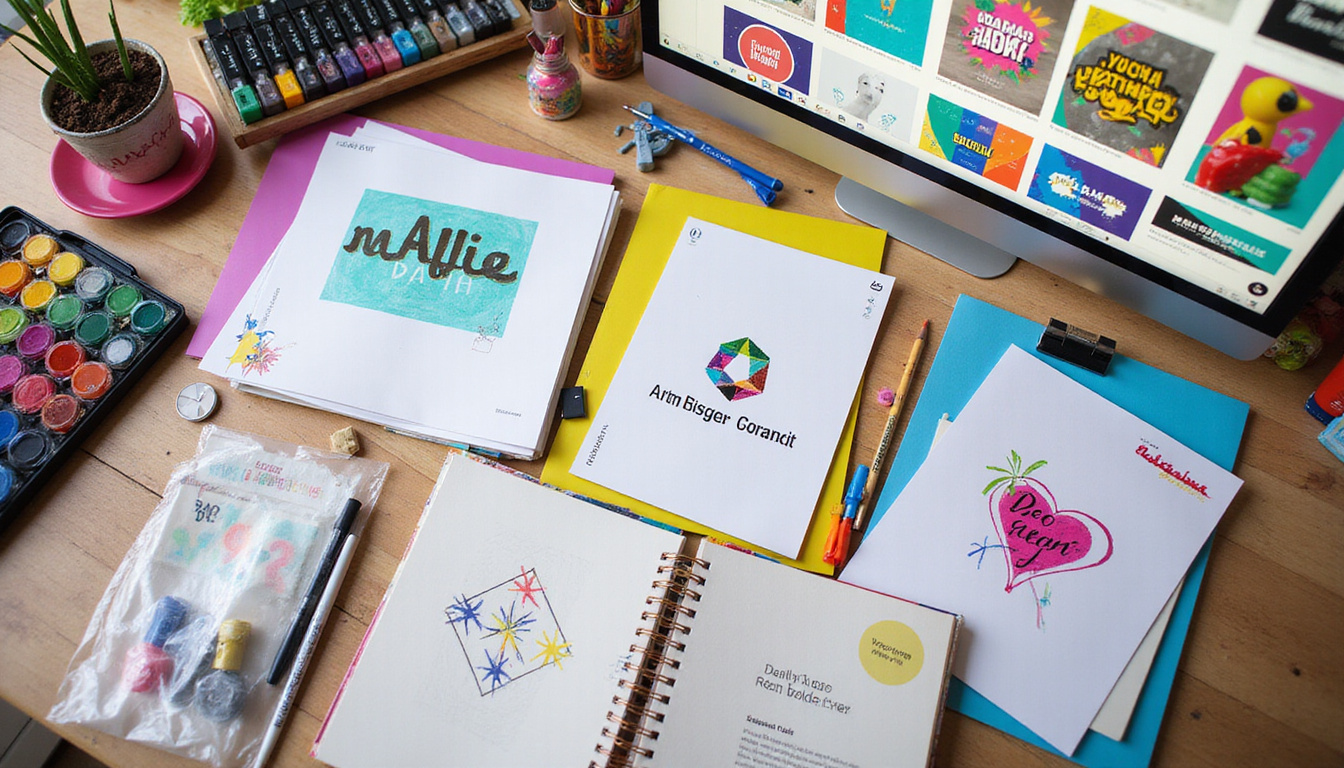In today’s digital landscape, having a strong online presence is crucial for small businesses to thrive. But for many entrepreneurs, the thought of creating a website can be daunting, especially when budget constraints are a concern. If you’ve been wondering how to build a website for your small business on a budget, you’ve come to the right place. This article will guide you through the essential steps to develop a professional-looking website without breaking the bank. From understanding your website needs to choosing cost-effective tools and implementing DIY design tips, we’ll cover everything you need to know to establish your online presence efficiently and affordably.

Key Takeaways
- Identify your small business’s specific needs before starting your website project.
- Research and select affordable website-building platforms that fit your budget.
- Utilize free or low-cost tools for design and hosting to save money.
- Implement effective DIY design strategies to create a professional-looking site.
- Continuously update and optimize your website to enhance functionality and user experience.
Understanding Your Website Needs
When exploring how to build a website for your small business on a budget, it’s essential to first understand your website needs. A well-designed website serves as your digital storefront, showcasing your products or services to a broader audience without geographical limitations. Start by defining your objectives: Do you want to create a simple informational site, a full-fledged e-commerce store, or a platform for customer engagement? Next, identify your target audience and their preferences, which will guide your design and content decisions. Additionally, consider the essential features such as a user-friendly interface, mobile responsiveness, and search engine optimization (SEO) capabilities that are critical for visibility and user experience. By taking the time to assess these needs upfront, you can effectively allocate your budget toward the most impactful areas while ensuring your website successfully meets your small business objectives.
Choosing Cost-Effective Tools and Platforms
When you’re learning how to build a website for your small business on a budget, it’s crucial to explore cost-effective tools and platforms. Start by choosing a user-friendly website builder, such as Wix, Weebly, or Squarespace, which offer affordable monthly plans and templates tailored for small businesses. These platforms provide drag-and-drop functionality, making it easy for anyone, regardless of technical skill, to create a professional-looking site. Additionally, consider free content management systems like WordPress.org, which allows for extensive customization with a myriad of plugins. Investing in budget-friendly hosting services, such as Bluehost or SiteGround, can also help keep costs down while ensuring your website is reliable and fast. Remember that the right mix of tools not only enhances your online presence but also helps you stay within your budget.
‘The only way to do great work is to love what you do.’ – Steve Jobs

DIY Website Design Tips for Small Businesses
Creating a website for your small business doesn’t have to break the bank. Learning how to build a website for your small business on a budget is entirely achievable with the right tools and strategies. Start by choosing a user-friendly website builder like Wix, Squarespace, or WordPress, which offer tutorials that guide you through the design process. Begin with a professional template that suits your brand’s aesthetic, and customize it by adding your logo, business colors, and images. Keep your content clear and concise, focusing on what makes your business unique. When budgeting, take advantage of free resources like stock photos and graphic design tools such as Canva. Don’t forget to optimize your site for search engines, using keywords related to your products or services, which can help drive organic traffic without additional costs. Regularly update your content, and consider starting a blog to engage visitors and improve your search rankings. With dedication and creativity, you can create an impressive online presence without spending a fortune.







Leave a Reply